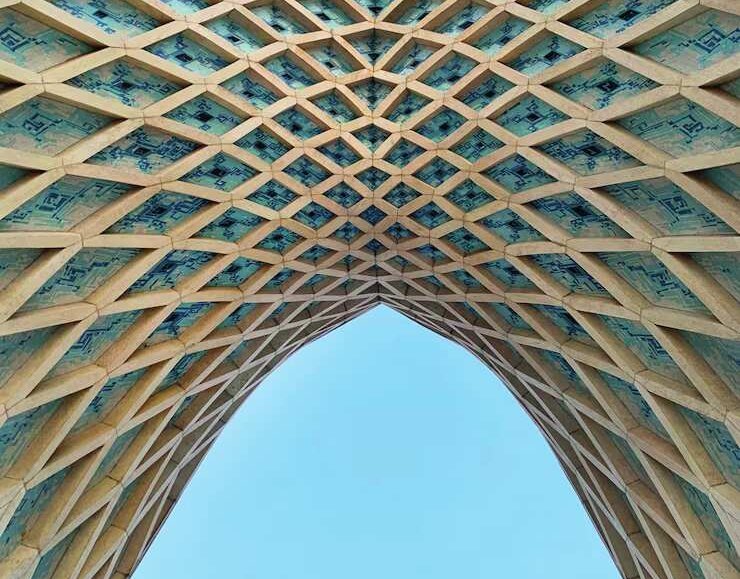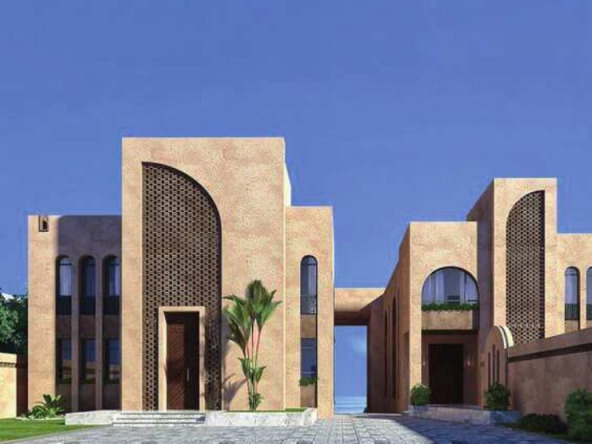Andalusian Islamic architecture is one of the most important architectural styles that have been influenced by various cultures, leaving an indelible mark on the history of architecture. This style is characterized by its intricate details and beautiful geometric decorations, reflecting artistic balance and breathtaking beauty.
During the Islamic rule in Andalusia, a unique architectural style was developed that blended Islamic elements with European influences. Prominent landmarks of this style include palaces, mosques, and cities characterized by their ornate domes, arches, and columns adorned with geometric and floral decorations.
In the modern era, the influences of Andalusian architecture are still strongly present, being used in the design of buildings, gardens, and palaces to add a touch of luxury and authenticity. Topia incorporates elements of this architectural style in its projects, offering designs that combine tradition and modernity.
Modern applications of Andalusian architecture are evident in the use of natural materials, complex decorations, and precise artistic details. Water features such as fountains and artificial lakes are also employed to create an atmosphere of tranquility and relaxation. Topia leverages these elements in its designs to provide living environments that combine beauty and comfort.
Some of the best examples of modern applications of Andalusian architecture include luxury villas and tourist resorts that blend authenticity with modernity in their designs. This style is characterized by its ability to balance beauty and functionality, making it ideal for meeting the needs of contemporary life. In conclusion, Andalusian Islamic architecture remains a rich source of inspiration that



